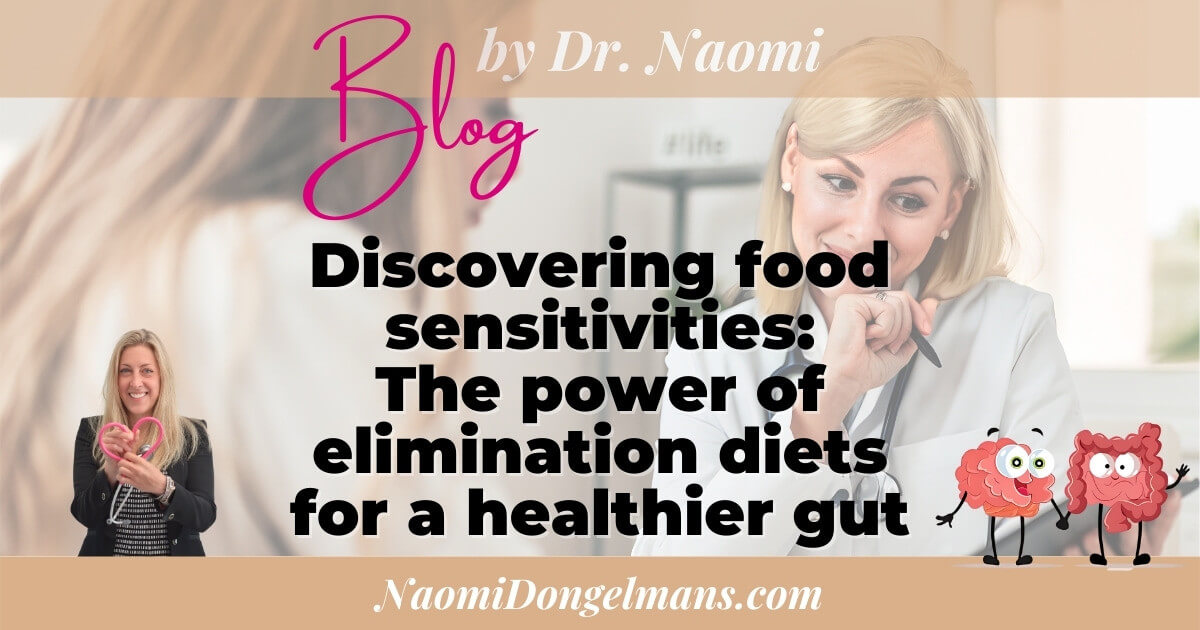
Healing from within: why elimination diets are essential for gut health
Why we don't pay attention to the food we eat
How often do we really pay attention to the food we eat? Unfortunately, the majority of us do not. We don’t think twice before devouring not-so-"friendly" foods like cheeseburgers or potato chips, unaware of the negative impact they have on our health. These foods not only deprive us of essential nutrients but also shorten our lifespan through hidden damage to our bodies.
Introducing the elimination diet
This is where the elimination diet becomes a hero among other dietary approaches. It's your golden ticket to identifying your food sensitivities, intolerances, and allergies. Without such a structured program, you may unknowingly suffer from sensitivities that go undetected.
What is an elimination diet?
Before we dig deeper into what foods are eliminated and why it is helpful, we need to understand what an elimination diet is really all about.
An elimination diet is a process of removing foods from your diet which are suspected to be causing some trouble within or aren’t being tolerated well by the human body. The foods are then reintroduced, after some time, while your health coach or doctor guides you to look for any symptoms that might be a reaction or intolerance to those eliminated foods. The process typically lasts 4-6 weeks and is an effective way to identify and eliminate problematic foods.
Elimination diets are extremely helpful, but they can also have some side effects when you add the troublesome foods back into your diet. Bloating, gas, nausea, constipation, and diarrhoea are some of the common side effects that people face while they are going through the elimination diet phase. Once the foods have been identified to cause health troubles for you, it is simply taken away from your diet forever, so you don’t have to face any sort of discomfort in the future.
Perks of the elimination diet
Who can it help?
The elimination diet has been used for many years in discovering what foods cause discomfort to individuals who might complain about sensitivity and food intolerance. Here are some of the benefits of this type of diet:
- Reduction in irritable bowel symptoms & SIBO: This gut disorder is increasingly common in people around the world and this diet can help get those symptoms under control. It also helps in getting rid of issues like gas and bloating.
- Helpful for eosinophilic esophagitis: This allergy causes inflammation of the oesophagus, the tube that carries food from your mouth to the stomach. Studies have proven that elimination diets help people with EE.
- Supports individuals with ADHD: ADHD is a behavioural disorder which affects children as well as adults. An elimination diet can help alleviate symptoms of ADHD. Please note: an elimination diet is not intended for children without the supervision of your medical practitioner.
- Benefits for skin issues: If you have skin issues, like eczema, then an elimination diet can be beneficial for you. It will help in identifying the foods that cause the issue.
- Relief for chronic migraines: People who get chronic migraines can benefit from elimination diets as it aids in pinpointing the foods that might be triggering the migraines. Once you identify the triggering food, you can eliminate that food group and hopefully eliminate your migraines.

How long does the elimination diet last?
Typically, the diet lasts for 4-6 weeks, divided into two phases: elimination and reintroduction.
Phase 1: Elimination (1-3 weeks)
Phase 2: Reintroduction (2-3 weeks)
The reason for the slow reintroduction is to really identify the culprits. If you add 2-3 eliminated foods at once, you won’t know which of those foods is causing your discomfort. The reintroduction phase lasts for around 2-3 weeks, which sums up the elimination diet. You need to look out for the following symptoms while you reintroduce the foods:
- Rashes
- Fatigue
- Headache
- Chronic migraines
- Alterations in breathing
- Stomach ache
- Bloating
- Change in bowel habits and movements
- Sleeping pattern changes
- Insomnia
- Joint pain and/or inflammation
- Skin breakouts or rashes
- Brain fog
- Sinus or other respiratory issues
If you don’t experience any symptoms for the first food group for 2-3 days, then you can feel free to reintroduce the next food group. For example, you can decide to reintroduce chicken and pork or meat first and if that goes well, then you can switch to the dairy product group after 2-3 days.
If any of the foods do trigger symptoms, then you know that a certain food is causing an issue for you and you can eliminate it from your diet for good. If you think that multiple food groups are causing negative symptoms, then it is best to seek some advice from your doctor or a health coach.
Foods to eliminate
So what foods are taken away from you while you are on an elimination diet? It is said that the best elimination diet is one with the most restrictions. The more foods you eliminate, the better you will understand which foods suit you and which don’t. If you are following the elimination diet under the instructions of a dietitian, then they will give you the list of foods that you need to eliminate from your routine. These typically include:
- Dairy
- Gluten
- Soy
- Eggs
- Processed foods
- Refined sugars
- Nightshade vegetables (tomatoes, peppers, eggplants)
If you think that only some foods in this list will cause you discomfort, then you need to remove them and start your elimination diet. However, if there is anything else (other than the above-mentioned list) which causes discomfort to you, you can remove that on your own to see if your body is intolerant towards it.

What can you eat?
Despite being restrictive, the elimination diet allows for plenty of healthy, nourishing foods. Some foods you can enjoy include:
- Fruits
- Healthy fats
- Herbal tea and water
- Juices
- Smoothies
- Nourishing soups
- Spices like black pepper and fresh herbs are allowed
- Low mercury fish
- Grass-fed meats
- Organic chicken
- Vegetables (excluding the nightshades listed above)
Tips for success
The elimination diet, as with any lifestyle change, is difficult. However, there are some basic tips for success to make this an easy experience. Identifying the foods that your body will and won’t tolerate will lead you toward living a real healthy lifestyle.
- Plan and prepare.
- Have enough of the approved foods on hand to keep you on track
- Clean out the fridge + pantry and get rid of the non-friendly foods
- Keep a journal to track how foods are making you feel
- Detox baths are wonderful to rid the toxins and keep the stress level down.
- Drink plenty of water.
FAQs
Q: Are elimination diets safe for everyone? While generally safe, it's essential to consult a healthcare provider, especially if you have a medical condition or are pregnant.
Q: How soon can I expect results? Many start seeing improvements within the first week, but full results can take several weeks to appear.
Q: Can I perform an elimination diet if I'm already healthy? Yes, even healthy individuals can benefit by identifying food sensitivities they might be unaware of.
Are you tired of feeling unwell after eating?
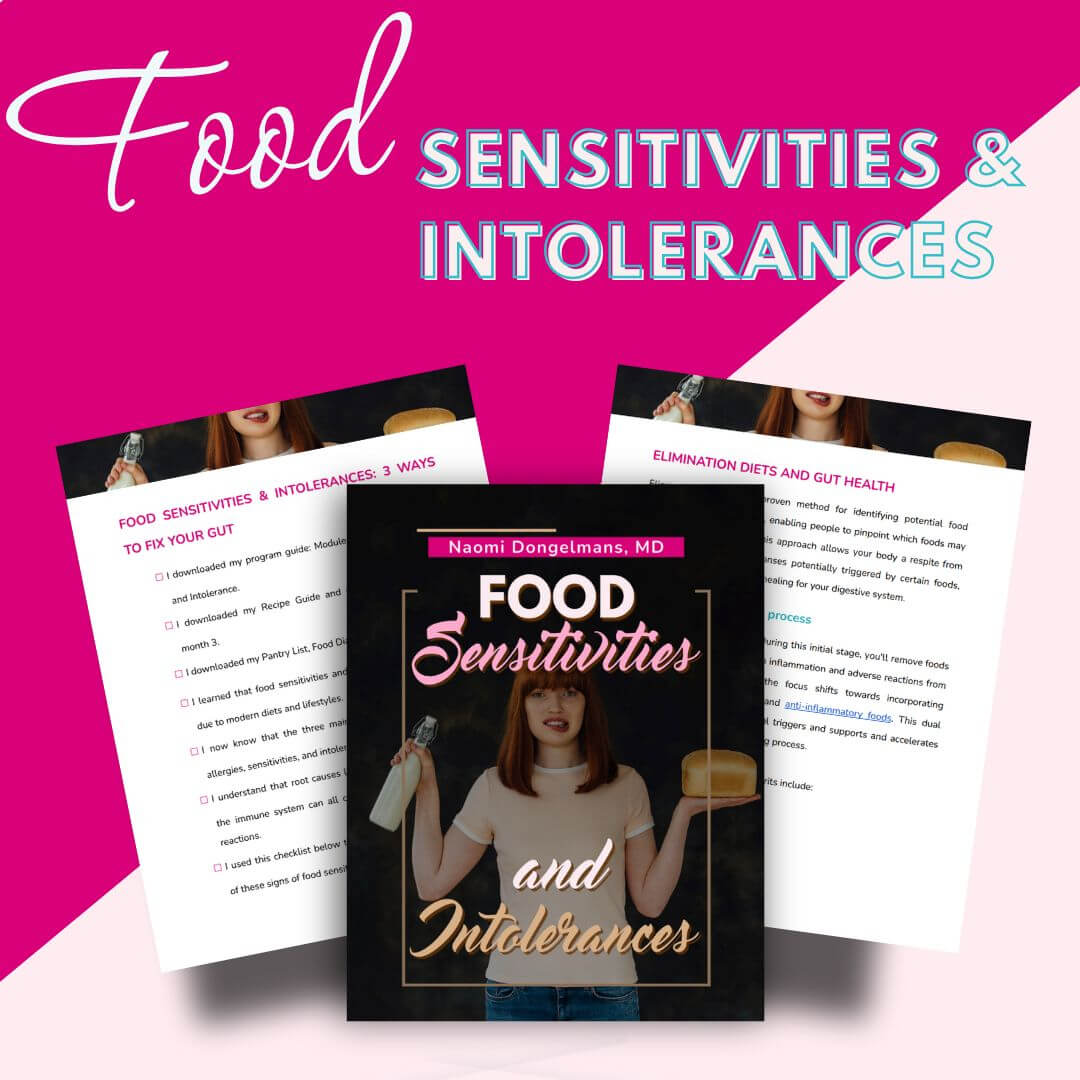 If you suspect food sensitivities or intolerances are affecting your quality of life, my minicourse can provide the guidance you need. Learn how to identify triggers, heal your gut, and regain control of your health.
If you suspect food sensitivities or intolerances are affecting your quality of life, my minicourse can provide the guidance you need. Learn how to identify triggers, heal your gut, and regain control of your health.

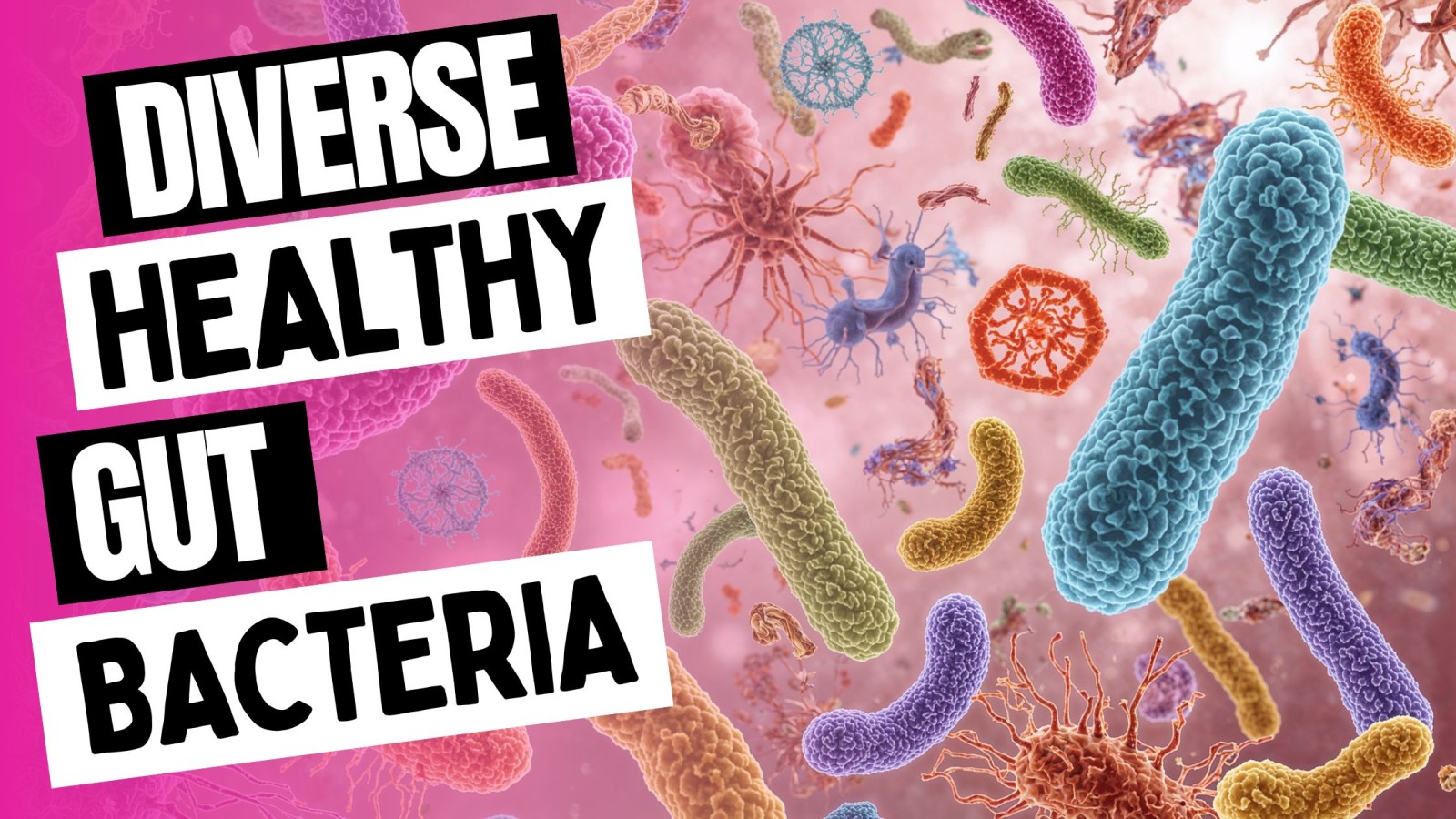
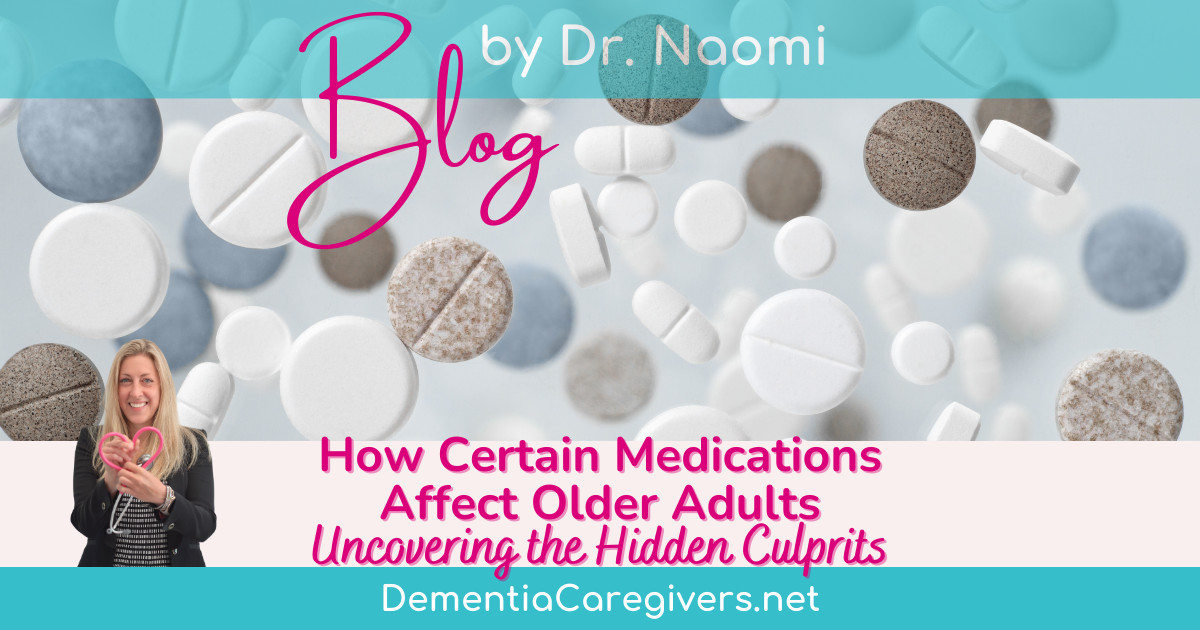


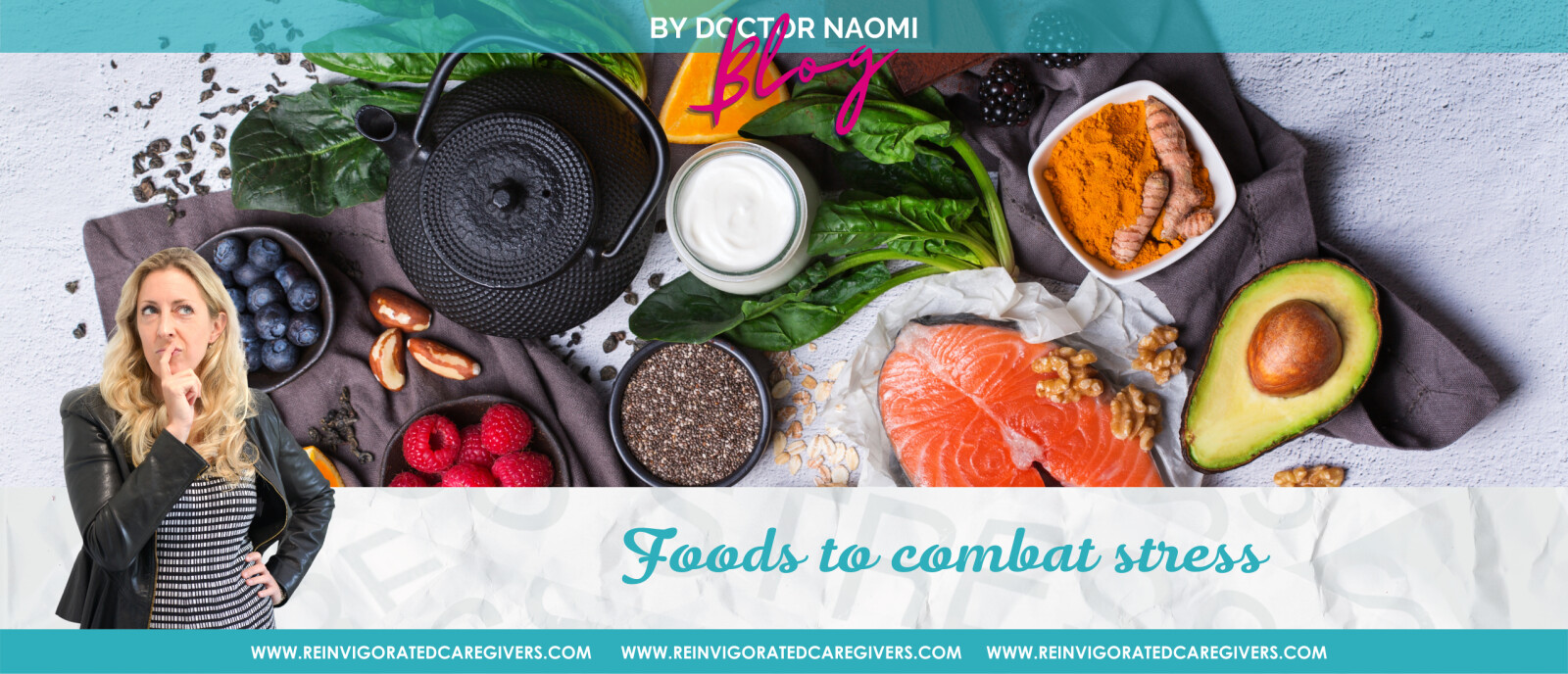
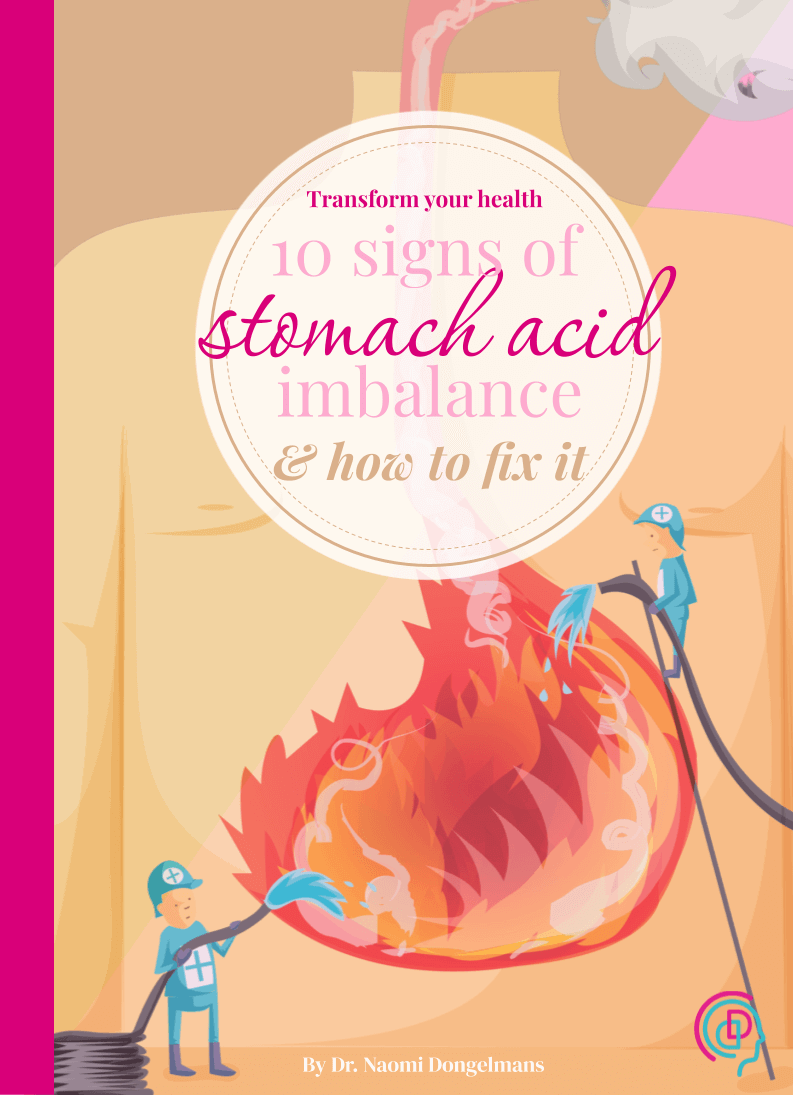



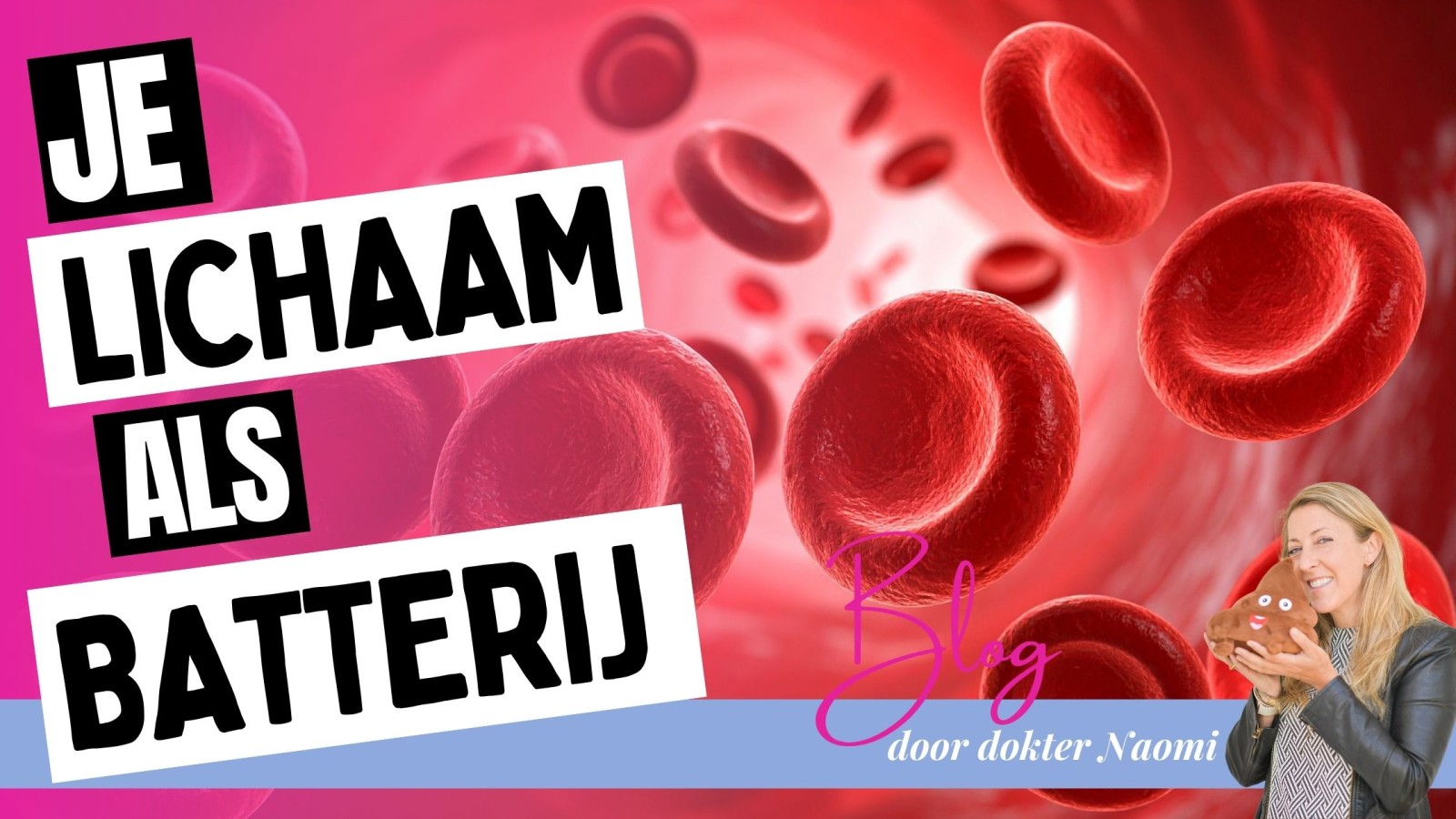







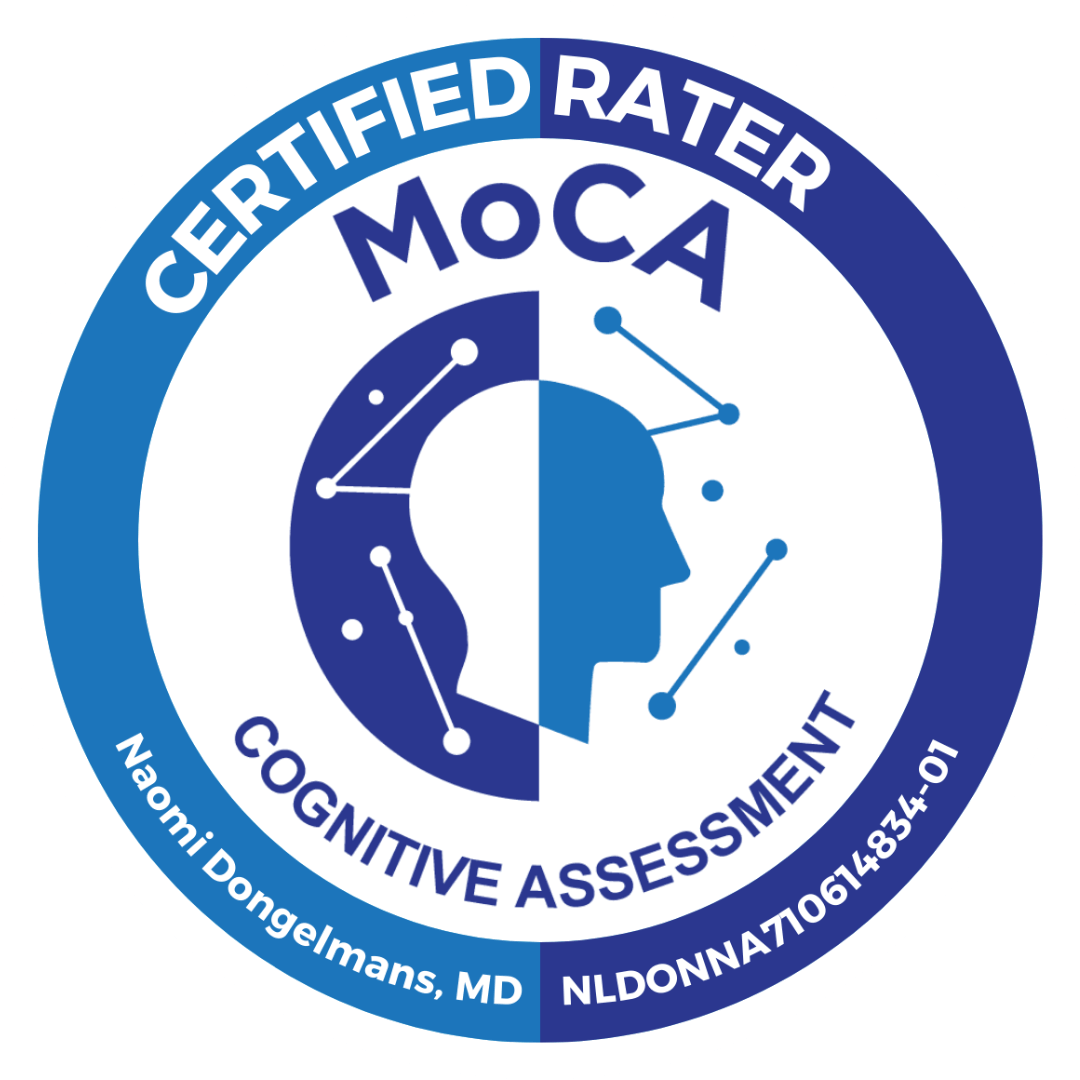





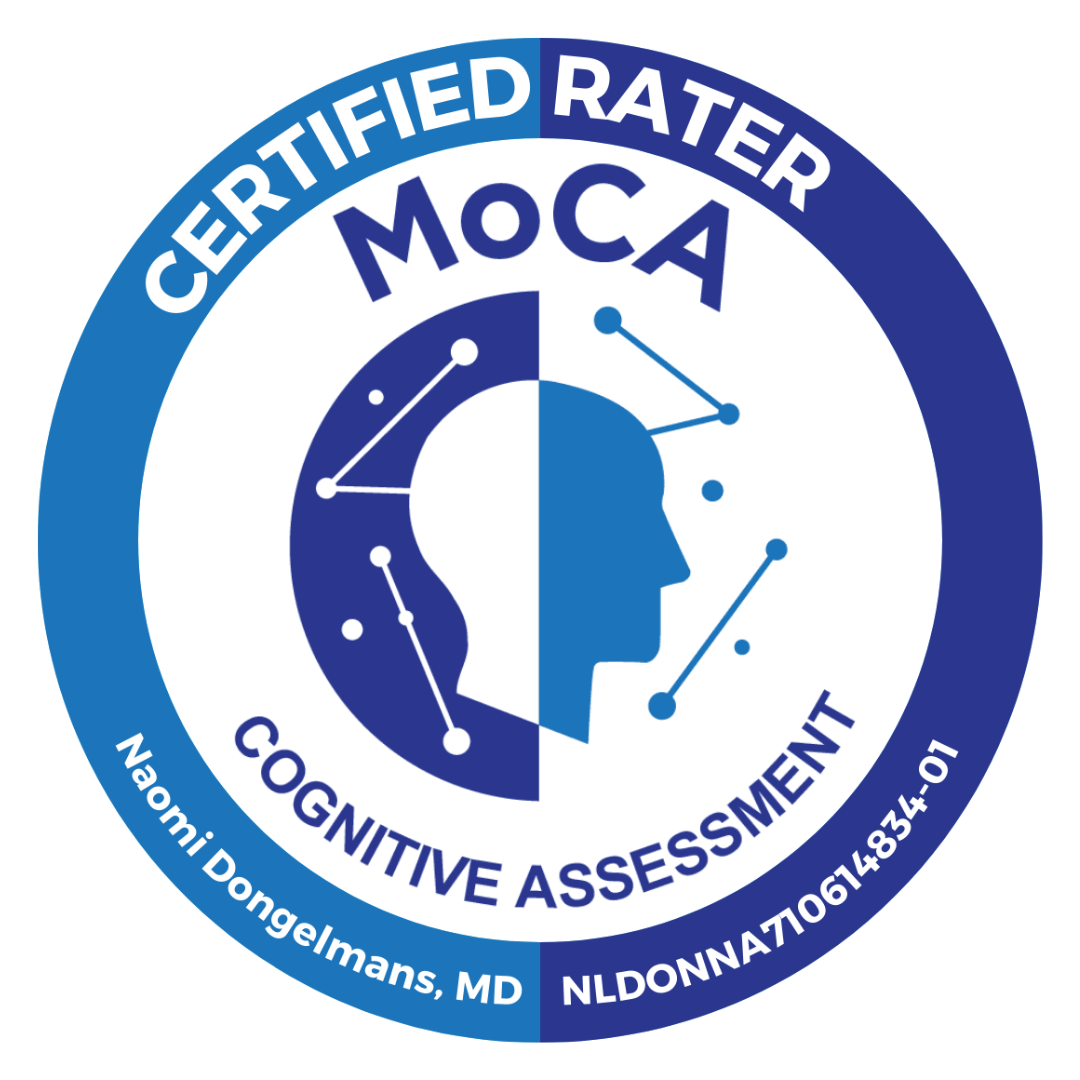

0 Comments